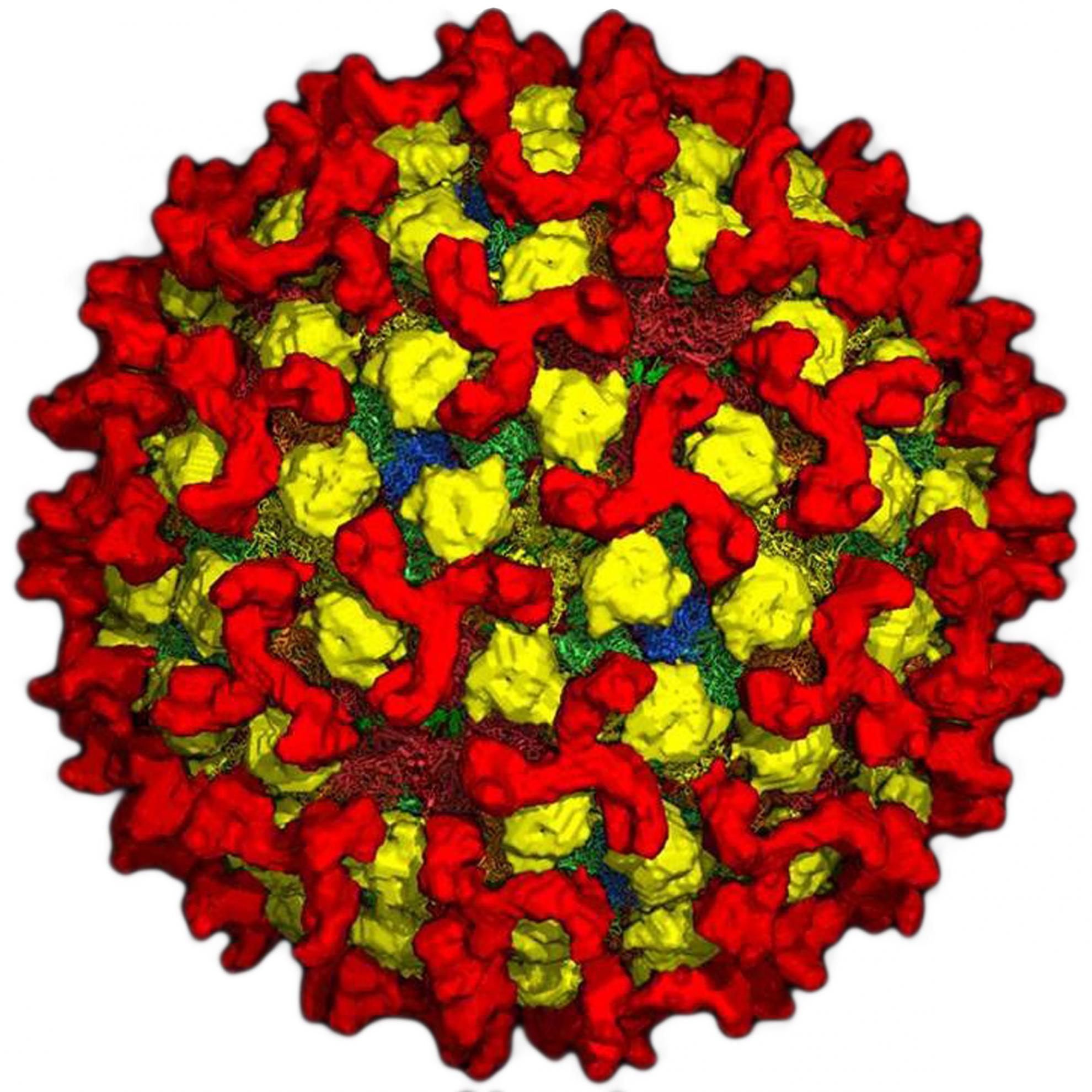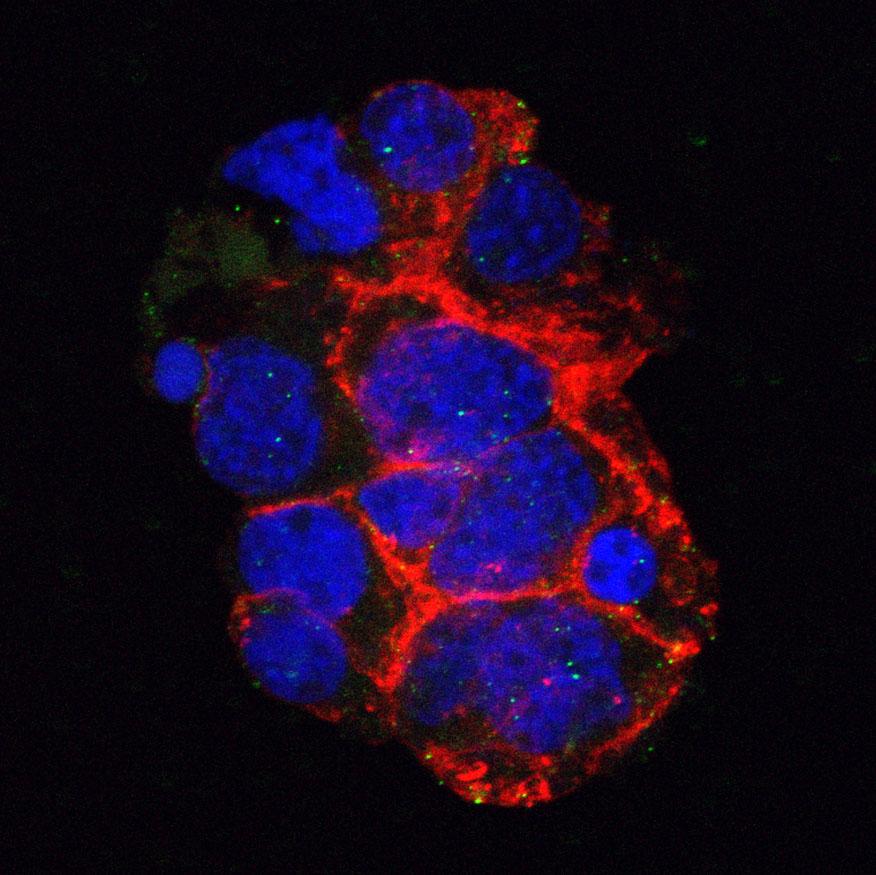Evidence of transstadial and mechanical transmission of lumpy skin disease virus by Amblyomma hebraeum ticks
Lumpy skin disease (LSD) is an economically important disease caused by LSD virus (LSDV), a Capripoxvirus, characterized by fever and circumscribed skin lesions. It is suspected to be transmitted mechanically by biting flies. To assess the vector potential of Amblyomma hebraeum in transmission of LSDV, mechanical/intrastadial and transstadial modes of transmission of the virus by this tick species were investigated. Two cattle were artificially infected as sources (donors) of infection to ticks. Ticks were infected as either nymphs or adults. Male A. hebraeum ticks were partially fed on donor animals and transferred to recipient animals to test for mechanical/intrastadial transmission. Nymphal A. hebraeum were fed to repletion on donor animals. The emergent adult ticks were placed on recipient animals to test for transstadial transmission of the virus. Successful transmission of LSDV infection was determined in recipient animals by monitoring development of clinical signs, testing of blood for the presence of LSDV by real-time PCR, virus isolation and the serum neutralization test. This report provides further evidence of mechanical/intrastadial and, for the first time, transstadial transmission of LSDV by A. hebraeum. These findings implicate A. hebraeum as a possible maintenance host in the epidemiology of the disease.
Back to publications

